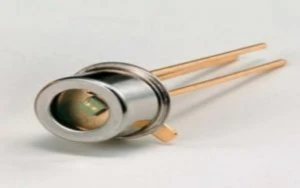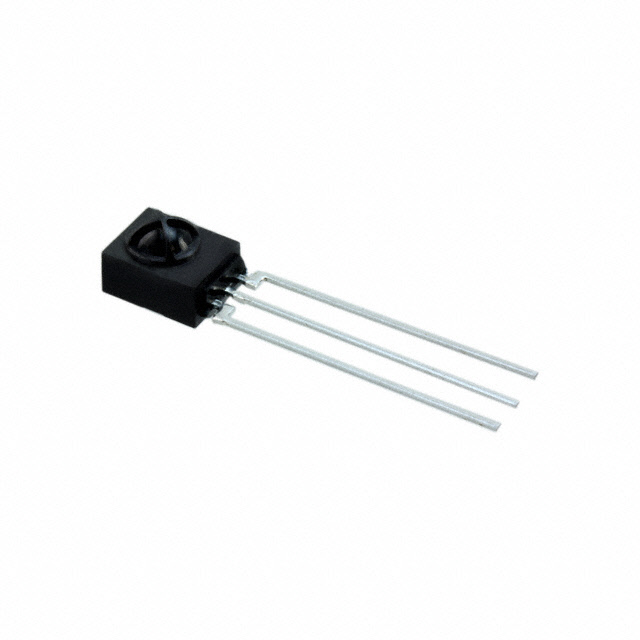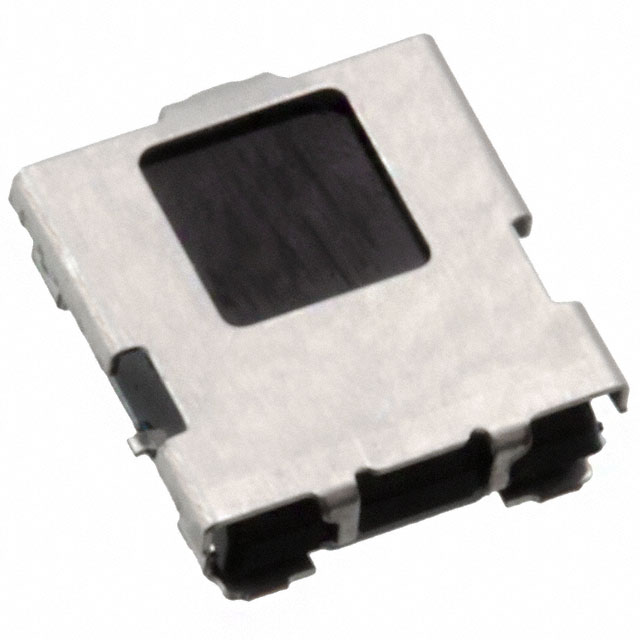Categories
- Photo Detectors - Remote Receiver(114)
- 1
- 2
- 3
- 4
- 5
- 6
Red remote control signals are detected by sensors that receive infrared light pulses from remote controls and convert them into electrical signals to operate electronic devices. Remote receivers are commonly found in televisions, audio systems, air conditioners, and other household appliances, known for their high sensitivity, robust anti-interference capabilities, and quick response times.
What is Photodetector?

A photodetector is defined as an optoelectronic device designed to detect incoming light or optical power and convert it into an electrical signal. Typically, this output signal is proportional to the incident optical power. These sensors are essential for various scientific applications, including process control, fiber optic communication systems, safety, environmental monitoring, and defense. Examples of photodetectors include phototransistors and photodiodes.
Working of Photodetector
The fundamental principle of a photodetector is that when incident light or radiation strikes its surface and is absorbed, it is converted into electrical signals.
A photodetector functions as a reverse-biased p-n junction. Here’s how it operates:
There are three processes involved in the functioning of the photodetector:
Absorption
In this stage, light energy strikes the photodetector and is absorbed. Light consists of small energy packets known as photons, and multiple photons are absorbed by the photodetector. This leads to:
- The generation of charged carriers within the device.
- The creation of electron-hole pairs (e- and h+).
Transportation of Carriers
Here, the generated charge carriers move through the absorption regions. In some photodetectors, the carriers receive a gain, resulting in the multiplication of photons during their transport.
Extraction of Carriers as Photocurrent
Once the charged particles (electron-hole pairs) are successfully transported, they are collected, and the resulting current flows through the external circuit as an electrical signal. This current is primarily generated by the photons hitting the photodetector, which is why it is referred to as photocurrent.















